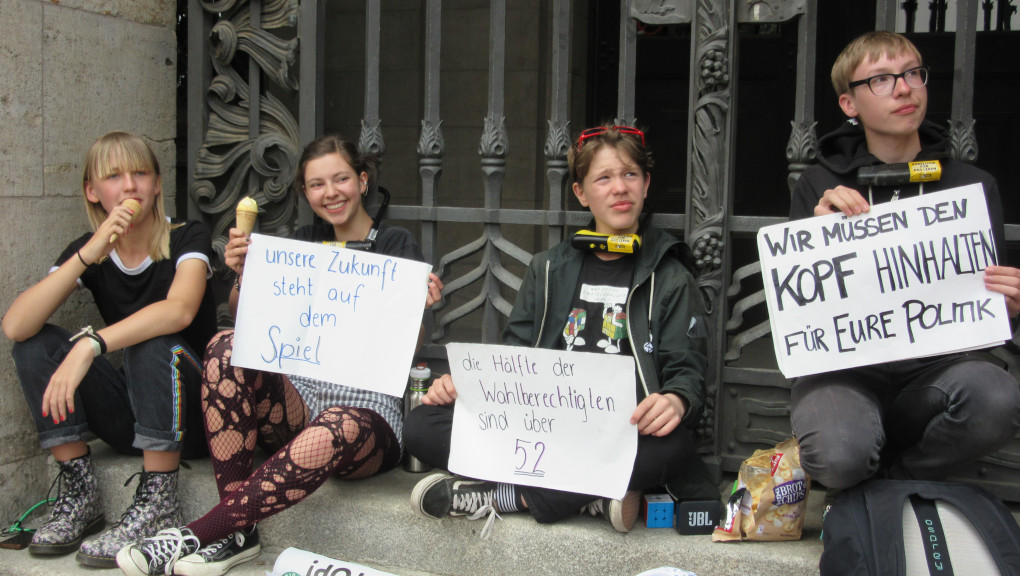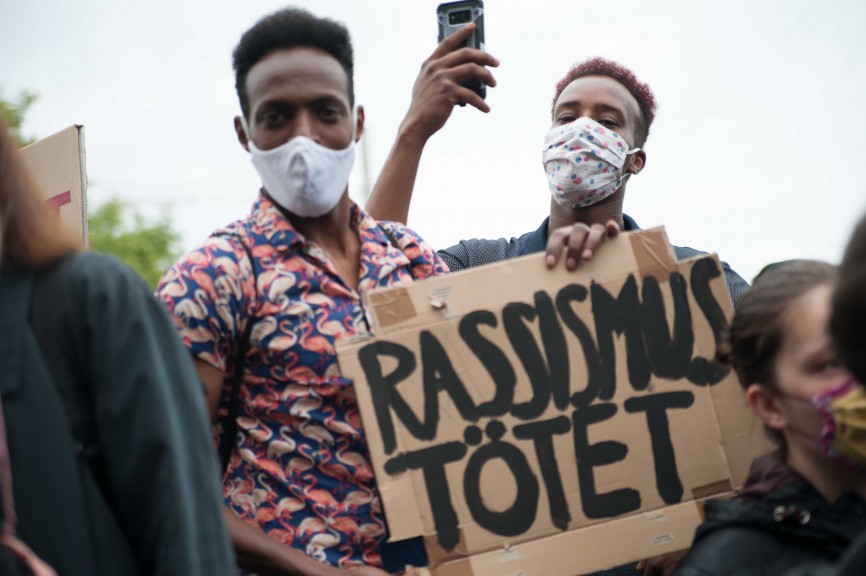Last November, a warning was sent to the world in the form of a publication in the Oxford Journal BioScience on the 40th anniversary of the first World Climate Summit. The paper opens as follows:
Scientists have a moral obligation to clearly warn humanity of any catastrophic threat and to ‘tell it like it is.’ On the basis of this obligation and the graphical indicators presented below, we declare, with more than 11,000 scientist signatories from around the world, clearly and unequivocally that planet Earth is facing a climate emergency.
The study by Ripple et al is a ghost train of terrifying statistics reflecting the danger that our ecosystem faces. Line graphs disfigured by exponentially destructive data. Death rates not measured in body count but implied through vanishing ice, deforestation and noxious air.
The names of 11,000 climate specialists were on the cover for two reasons. Firstly, to demonstrate the overwhelming consensus within the scientific community regarding the existence of climate change. Secondly, to show equally strong consensus regarding the steps humanity must take if we are to fix this mess.
The conclusions drawn may have been bleak but they were not yet hopeless. Ripple was advocating for a radically altered approach in just six key areas.
On Energy:
“The world must quickly implement massive energy efficiency and conservation practices and must replace fossil fuels with low-carbon renewables and other cleaner sources of energy if safe for people and the environment.”
On Air Quality:
“We need to promptly reduce the emissions of short-lived climate pollutants, including methane, black carbon (soot), and hydrofluorocarbons (HFCs).”
On Nature:
“We must protect and restore Earth’s ecosystems. [They] contribute greatly to sequestration of atmospheric CO2”
On Food:
“Eating mostly plant-based foods while reducing the global consumption of animal products especially ruminant livestock, can improve human health and significantly lower GHG emissions.”
On Economics:
“Our goals need to shift from GDP growth and the pursuit of affluence toward sustaining ecosystems and improving human well-being by prioritizing basic needs and reducing inequality.”
On Population Growth:
“The world population must be stabilized—and, ideally, gradually reduced—within a framework that ensures social integrity.”
Should any of this sound familiar, opinion on how to combat climate change has remained consistent since the early 1980s.
The scientific guidance will not change until we adjust the x in this equation and vary our input levels. For candor: humanity will be unable to grow past this moment until we change our behavior.

Carbon footprints are the metric by which we can measure our individual, national and international impact on the natural environment, and it is through this concept that each of Ripple’s proposals are interconnected. The Paris Agreement calls for nations to reduce the average carbon footprint per human from the present level of 4.35 tonnes/year to 1.87t by 2050. Both these numbers are unheard of in the developed world: the average American has a carbon footprint of 16.5t.
However, if the chances that Western countries might reach aspirationally-Kyrgyzstani levels seem slim, note that any actions that are effective in reducing climate change will produce success at cumulative rates. Normalising plant-based diets, for example, would not just improve air quality with the reduction of cattle-produced methane, but also subtract the fossil-fueled energy and ecologically-procured natural resources required to rear those animals. Supply chains would alter to meet the new market demands, and thus infrastructure would appear in forms like the soy milk latte, to make plant-based choices mainstream options that reduce carbon footprints on a macro scale.

This is the basis of which Environment Veganism is founded upon, and it is justified. Vegans have a carbon footprint 41.7% smaller than compatriots eating an omnivorous diet.
If the average carbon footprint decreased by such a figure, impossible climate targets would become far more achievable. Indeed, cultivating these small climate-friendly habits at the individual level will be crucial in driving change at organizational and governmental levels.
For 40 years, our representatives have acknowledged that the cost of acting on the recommendations of climate science would be revolutionary, and so the dawn of a new Green Age has had to remain just under the horizon. However, the COVID-19 crisis may have provided a tipping point, the moment where evolution becomes more convenient than the price of rebuilding our industrial-era lifestyles.
As recently as December, the US Secretary of State referred to the CO2 emissions targets specified in the Paris Agreement as being an “unfair economic burden.” By April, the United States had already spent more money tackling COVID-19 than the estimated costs of converting its entire electrical grid to run on renewable energy sources.
Precedents have been stretched to that extent regarding how far governments and citizens will go to prevent catastrophe.
Scientists have played an elevated role in informing decision-making at the government level during the COVID-19 crisis. This is a seismic shift, and one from which there may be no return for the climate apathetic.
In following scientific guidance now, one wonders when – if ever – would be an appropriate time to stop. In emerging from this disaster, it is not acceptable to return to the scene of the previous one. Our lifestyles and societies must now rebuild wiser, safer, and greener if we are to avoid a recurrence of similar tragedies – the Ripple study can provide the guidance we need to achieve that.
In our day-to-day lives, let us continue to be led by the science.









